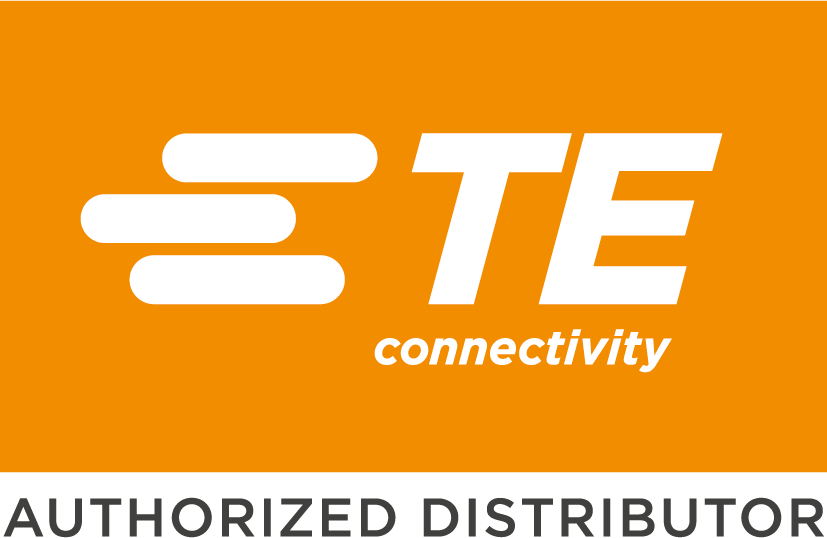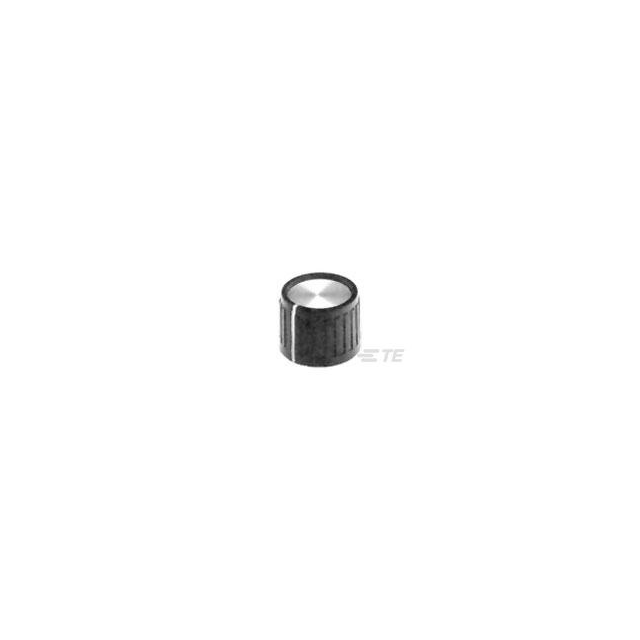
TE Connectivity ALCOSWITCH Switches
TE Connectivity ALCOSWITCH Switches is a reputable company specializing in the design, manufacturing, and distribution of high-quality switches and switch components. With a strong presence in the industry, the company is known for providing innovative switch solutions. Their product portfolio includes push-button switches, toggle switches, rocker switches, slide switches, rotary switches, and keylock switches, catering to various industries such as automotive, telecommunications, consumer electronics, industrial equipment, and medical devices. ALCOSWITCH Switches is committed to delivering reliable and durable switches that meet stringent quality standards. Through continuous research and development, they stay ahead of technological advancements, ensuring their switches remain at the forefront. The company also offers exceptional technical support and consultation services to assist customers in selecting the optimal switch solutions. With their focus on excellence, innovation, and customer satisfaction, ALCOSWITCH Switches is a trusted leader in the field of switches and switch components.
DIN Rail Channel
Results:
1
Series
Thickness
Type
Length
Size
Slotted/Unslotted
Plating
Material
Results remaining:1
Applied Filters:
TE Connectivity ALCOSWITCH Switches
About DIN Rail Channel
DIN rails are standardized brackets that find extensive usage in conveniently mounting circuit breakers and industrial control devices within equipment racks and control panel enclosures. The acronym 'DIN' originates from the original specifications published by the Deutsches Institut für Normung (DIN) in Germany. These rails are available in various materials, including aluminum, copper, steel, plastic, and stainless steel, and they come in slotted or unslotted configurations, as well as different profile shapes such as top hat (O), C, and G sections. The primary purpose of DIN rails is to provide a secure and standardized platform for installing electrical components in a compact and organized manner. By utilizing these standardized brackets, equipment manufacturers and electricians can easily mount and arrange circuit breakers, power supplies, relays, timers, and other control devices within equipment racks and control panel enclosures. DIN rails offer several significant advantages. Their slotted design allows for flexible positioning of components along the rail, enabling efficient space utilization and ease of installation. The slots on the rail accommodate mounting clips and fasteners, providing a secure attachment for the devices. Additionally, the standardization of DIN rails ensures compatibility across different manufacturers and simplifies the replacement or upgrading of components. This promotes interoperability and facilitates maintenance and troubleshooting processes. The choice of material for DIN rails depends on factors such as application requirements, environmental conditions, and budgetary considerations. Aluminum rails are lightweight and corrosion-resistant, making them suitable for various indoor applications. Copper rails offer excellent electrical conductivity and are often chosen for applications requiring enhanced electrical performance. Steel rails provide robustness and durability, making them suitable for rugged industrial environments. Plastic rails offer cost-effectiveness and insulation properties, while stainless steel rails excel in corrosive or high-temperature environments. The different profile shapes of DIN rails, such as top hat (O), C, and G sections, provide versatility to meet specific installation needs. The top hat (O) profile is the most common and widely used, accommodating a wide range of components. The C section profile offers a smaller footprint, ideal for space-constrained applications. The G section profile provides improved stability and strength, making it suitable for heavy-duty installations. To summarize, DIN rails are standardized brackets used for convenient mounting of circuit breakers and industrial control devices within equipment racks and control panel enclosures. They are available in various materials, including aluminum, copper, steel, plastic, and stainless steel, with slotted or unslotted configurations and different profile shapes. DIN rails offer advantages such as flexibility, compatibility, and ease of installation, contributing to efficient organization and maintenance of electrical systems.

